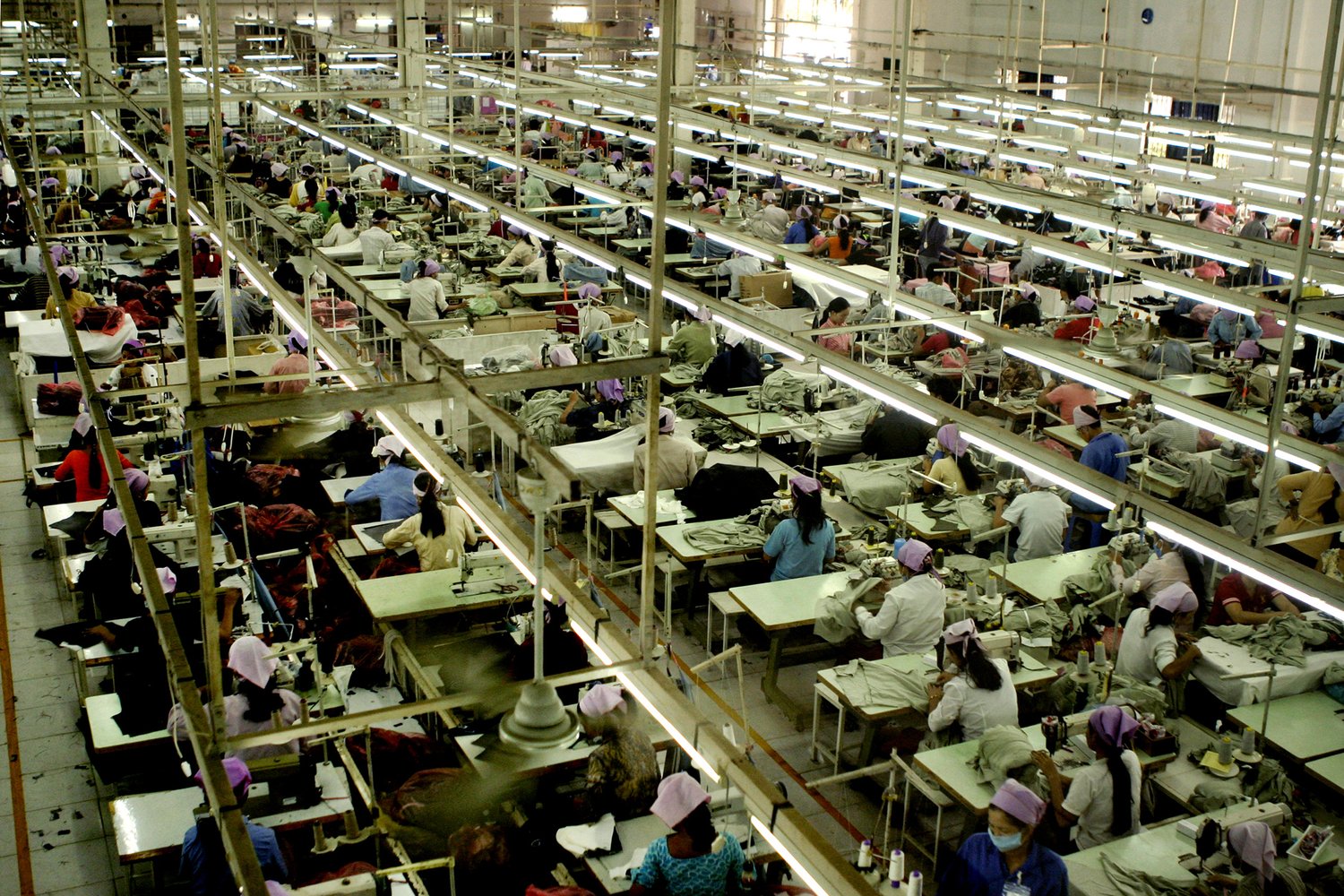Due diligence and reporting standards are transforming globally, with the European Union leading the way. As part of the well-known ‘European Green Deal’, the Corporate Sustainability Reporting Directive (CSRD) is transitioning into force. The first group of companies must comply with it for the financial year of 2024.
This legislative set has been distinguished by its granular requirements that will pose significant compliance challenges for companies. One key aspect of the Directive is the increased liability that organisations may face for the harms committed abroad by subsidiaries, contractors, and even indirect suppliers, which includes ‘value chain workers’, as explained by Corporate Justice.
As a result, companies will need to identify and evaluate the potential impact of their activities on value chain workers when conducting a double materiality assessment, and must also evaluate how these workers are connected to the company, including contract types and working conditions.
The CSRD contents must be presented according to the European Sustainability Reporting Standards (ESRS), which are currently being developed by the European Commission. These standards contain 12 regulations across four different areas.
Cross-cutting standards
General requirements (ESRS 1); General disclosures (ESRS 2)Environmental standards
Climate change (ESRS E1); Pollution (ESRS E2); Water and marine resources (ESRS E3); Biodiversity and ecosystems (ESRS E4); Resource use and circular economy (ESRS E5)Social standards
Own workforce (ESRS S1); Workers in the value chain (ESRS S2); Affected communities (ESRS S3); Consumers and end-users (ESRS S4)Governance standards
Business conduct (ESRS G1)
What does ‘value chain’ mean and how will it affect the need for visibility within your company's suppliers? Let’s explore this.
Value Chain Workers
The European Directive uses the term ‘value chain’ instead of the widely-used ‘supply chain.’ The former encompasses more than the latter and it includes upstream and downstream suppliers and those working in operations, or even operating special purpose vehicles.
As explained by the ESRS draft, a worker in the value chain is someone who performs work, regardless of the existence or nature of any contractual relationship with that undertaking. This also includes all non-employee workers.
The standard for this reporting topic requires businesses to identify both ‘positive’ and ‘negative’ impacts on said value chain workers. It goes even further to the affected communities by the undertakings’ direct or indirect activities.
Additionally, companies must demonstrate that they have policies in place or planned to address these impacts and actively engage with value chain workers. There’s a clear need for visibility at this point; unknowns in the supply chain expose your company to risk and failure to fully comply with the European Directive.
A high level of detail is expected, including a description of the types of workers subject to impacts, specific geographies or commodities with ‘significant risks’ of child or forced labor, and how they are addressed. However, since the transition period of the reporting directives establishes a ‘grace period,’ companies can state that they are making reasonable efforts to obtain the information when those efforts have not been successful.
Still, they must prove that they are actively pursuing the visibility needed to obtain and report understandable, relevant, verifiable, comparable information represented in a faithful manner.
With the ESRS expected to be approved in June 2023, the future of sustainability reporting is here. With a bigger focus on value chain workers and an imperative need for visibility, these standards are aiming to push businesses to be more accountable for their Human Rights impacts, and those of their indirect value chain partners.
————————————————————————————————————————————————
1. Refers to the fact that companies reporting on sustainability must consider the relevance of a reporting matter from two perspectives: Their on people and the environment (the inside-out view). And, from another perspective, sustainability-related developments and events create risks and opportunities for organisations (the outside-in view). https://www.pwc.nl/en/topics/sustainability/esg/corporate-sustainability-reporting-directive/csrd-double-materiality-assessment.html


